How to defrost a freezer without turning it off – 7 simple expert-approved steps
Defrosting a freezer can be quicker and more hassle-free than ever before with these 7 steps
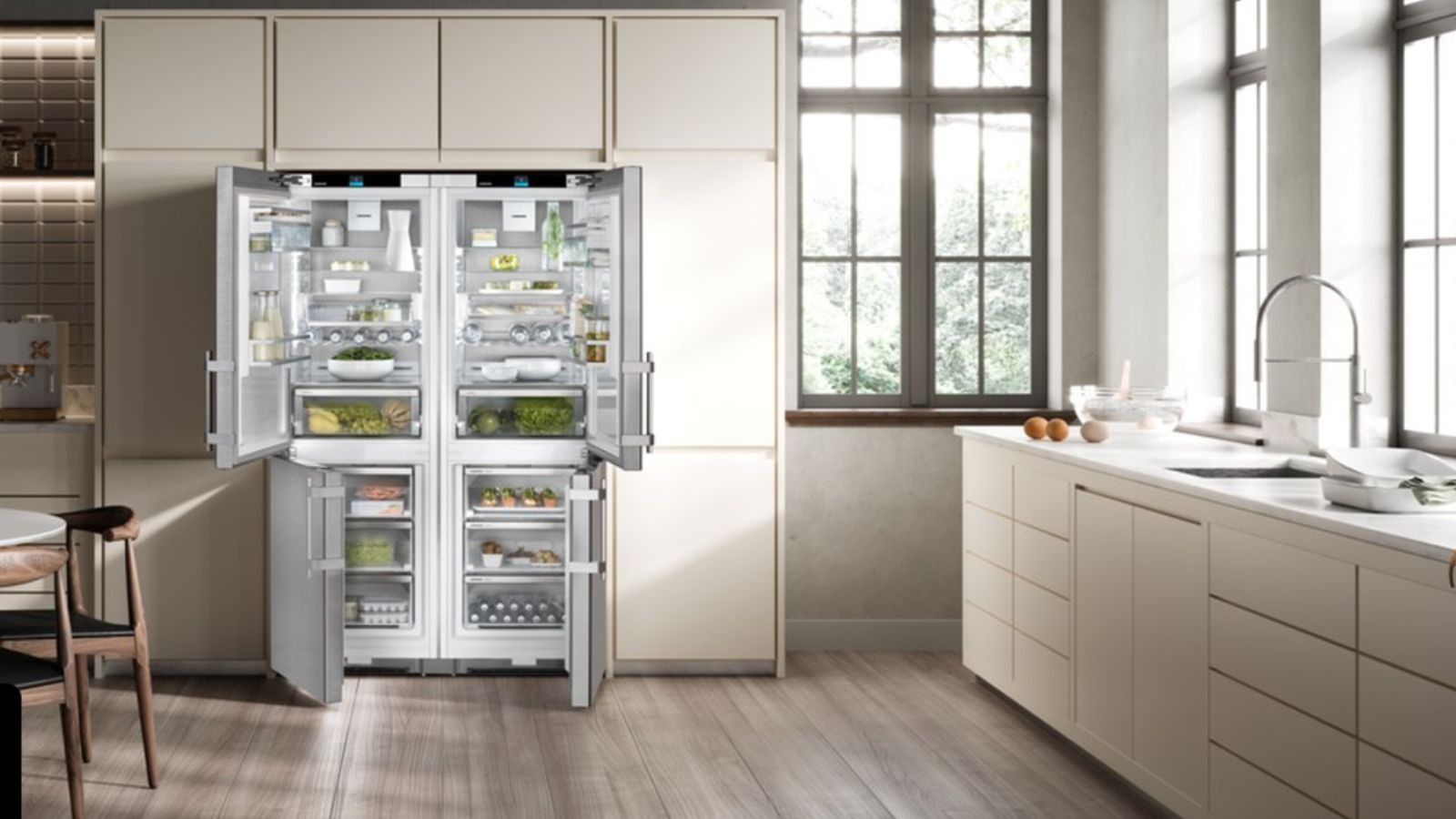

Defrosting your freezer is a worthwhile bi-annual task that can reduce the energy you use and save you money. This is especially true if your freezer is particularly frosty since a greater amount of frost means your freezer's motors have to expend more energy, plus extra frost takes up room that could be used for storing food.
However, many homeowners admit to putting this task off, dreading having to completely unplug their freezer, and consequently, their refrigerator, meaning the hassle of having to find a cool location for its contents.
For this reason, we've asked our experts for their top tips for defrosting a freezer without unplugging it, to make this task easier.
How to defrost a freezer without turning it off
Unlike defrosting a fridge, this kitchen appliance can be defrosted without being unplugged in as little as a few hours but does require a bit of elbow grease to do so this speedily. However, this will have the benefit of getting your kitchen back in working order as soon as possible. You can also leave the freezer to defrost without doing much, but it'll take a bit longer.
1. Gather supplies
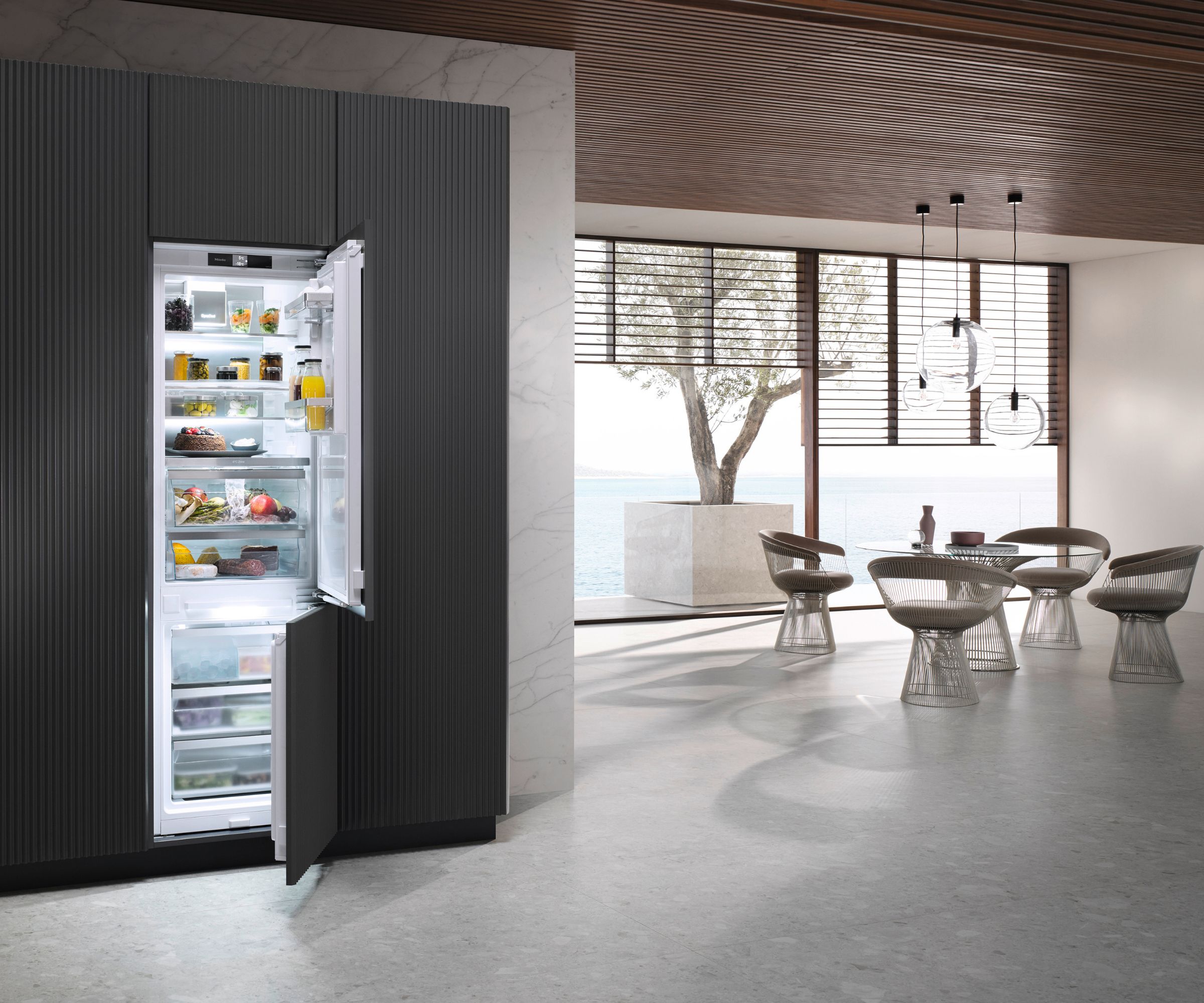
The first step is to prepare your supplies. ‘You'll need a few essential items: a scraper or spatula, a bowl or container for holding hot water and collecting melting ice, some towels or absorbent cloths, and a hairdryer or fan with a low-heat setting,’ advises Joseph Melara interior design expert and owner of Residential Brokers.
Joseph Melara warns, 'Be cautious not to use any sharp or metal objects that could damage the interior,' so only use plastic or wooden scrapers, such as these Plastic Putty Knives from Amazon.

Joseph Melara is the Managing Broker and owner of Residential Brokers. Residential Brokers aim to organize local community information and make it universally accessible and useful to home buyers and sellers in the Palm Springs California Region.
2. Prep the freezer
Next, prep your freezer for being defrosted by removing its contents and placing them in coolers or insulated bags to keep them frozen during this process.
Then, place towels or newspapers on the floor around the freezer to catch any melting ice and water drips. You may even want to place a plastic bag under the towel to protect your floor.
Finally, keep the freezer door open to allow warm air to circulate inside. This will allow the ice to begin to thaw.
3. Turn the freezer temperature up
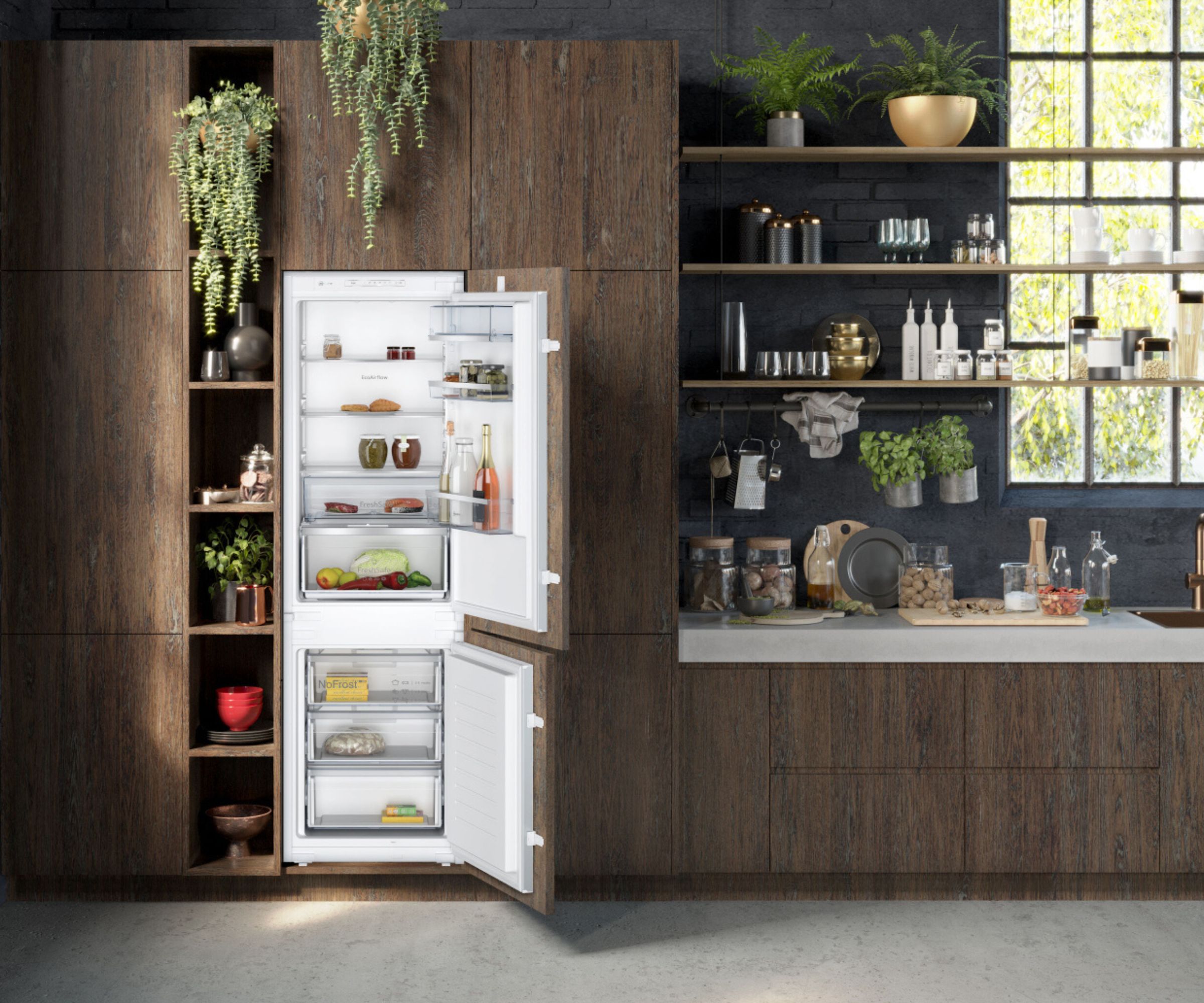
‘Nowadays, you don't even need to unplug your freezer if you want to defrost it,' says Rosie Elliott, owner of Kitchen Appliance Answer, 'Just turn the temperature dial all the way up for a day or two to melt the ice. Place some towels nearby to soak up the water. Keep the door propped open so the cold air doesn't refreeze the melted ice. Within 48 hours, you'll have a glistening frost-free freezer without losing a single frozen veggie!'
This is the lowest maintenance way of defrosting your freezer, however, 'You can speed up the process with some safe defrosting methods too,' suggests Rosie Elliot.

Rosie is a professional chef with experience in Western, Mediterranean, and Italian cuisine who has been cooking professionally for over 15 years.
4. Use bowls of hot water
A great way to speed up the defrosting process is to fill a bowl or pan with hot water and place it inside the freezer. The steam from the hot water will help melt the ice.
‘Fill the trays inside the freezer with boiling water. If there are no trays, you can use a washing-up bowl and fill it with hot water to keep inside the freezer,’ advises Geetha Srinivasan, culinary and kitchen appliance expert at Kitchenarena.
‘Do not use absolute boiling water because you don’t want to melt the plastic; use hot water before it reaches the boiling point and fill up the food trays with the hot water. Do this for every single tray in your freezer compartment,’ continues Geetha Srinivasan.
As the water cools, replace it with fresh hot water.
Janille Mangat, a cleaning specialist at VMAP Cleaning Services suggests, 'You can also soak towels in hot water and place them on the ice build-up. Reheat and replace the towels as needed.
'Be cautious not to use boiling water directly on the ice, as it may damage the freezer.’
5. Use a fan or hairdryer
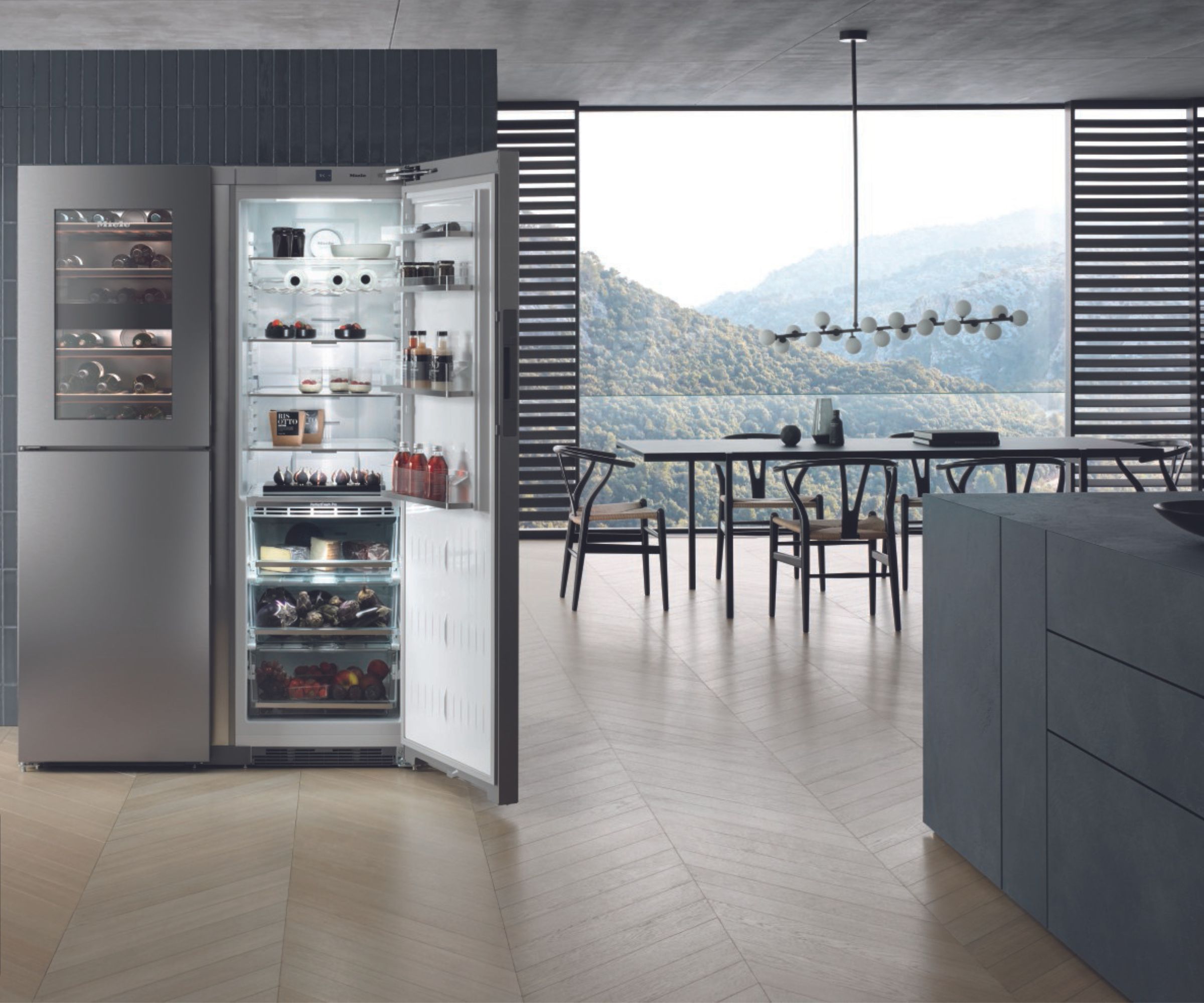
A fan or hairdryer can be used at a distance from the freezer to encourage the ice to thaw more rapidly. Ensure you are being safe, keeping any electronics away from water. You should also never use a fan or hairdryer when the bowl of hot water is in the freezer, so as to not spill it.
‘Place a portable fan outside the freezer and direct it toward the open door. This will help circulate the warmer air from your kitchen into the freezer, speeding up the melting process,' advises Prerna Jain, owner of Ministry Of Cleaning. 'Having a towel or bucket inside the freezer is a good idea to catch the melting ice.’
If you opt to use a hair dryer, Janille Mangat advises, ‘A hair dryer on its lowest heat setting can gently melt the ice. Hold the dryer about 6-12 inches away from the ice build-up and move it around to prevent any one area from getting too hot. Use a towel to catch any water runoff as the ice melts. Exercise patience as this method may take some time.’
Hashi Mohamed, cleaning expert and president of Ivy Cleans warns, ‘Be careful not to use excessive heat, as this can damage the freezer's interior.’
6. Scrape the ice
‘As the ice starts to soften, use the plastic scraper or spatula to gently remove it from the freezer walls and shelves. Be cautious not to use any sharp or metal objects that could damage the interior,’ says Joseph Melara.
‘Keep using the hairdryer, scraping, and collecting water until you've removed all the ice buildup. This process may take some time, depending on the extent of the frost.’
Be sure to replace wet towels absorbing melting ice with dry ones and empty drip bowls.
7. Clean the freezer
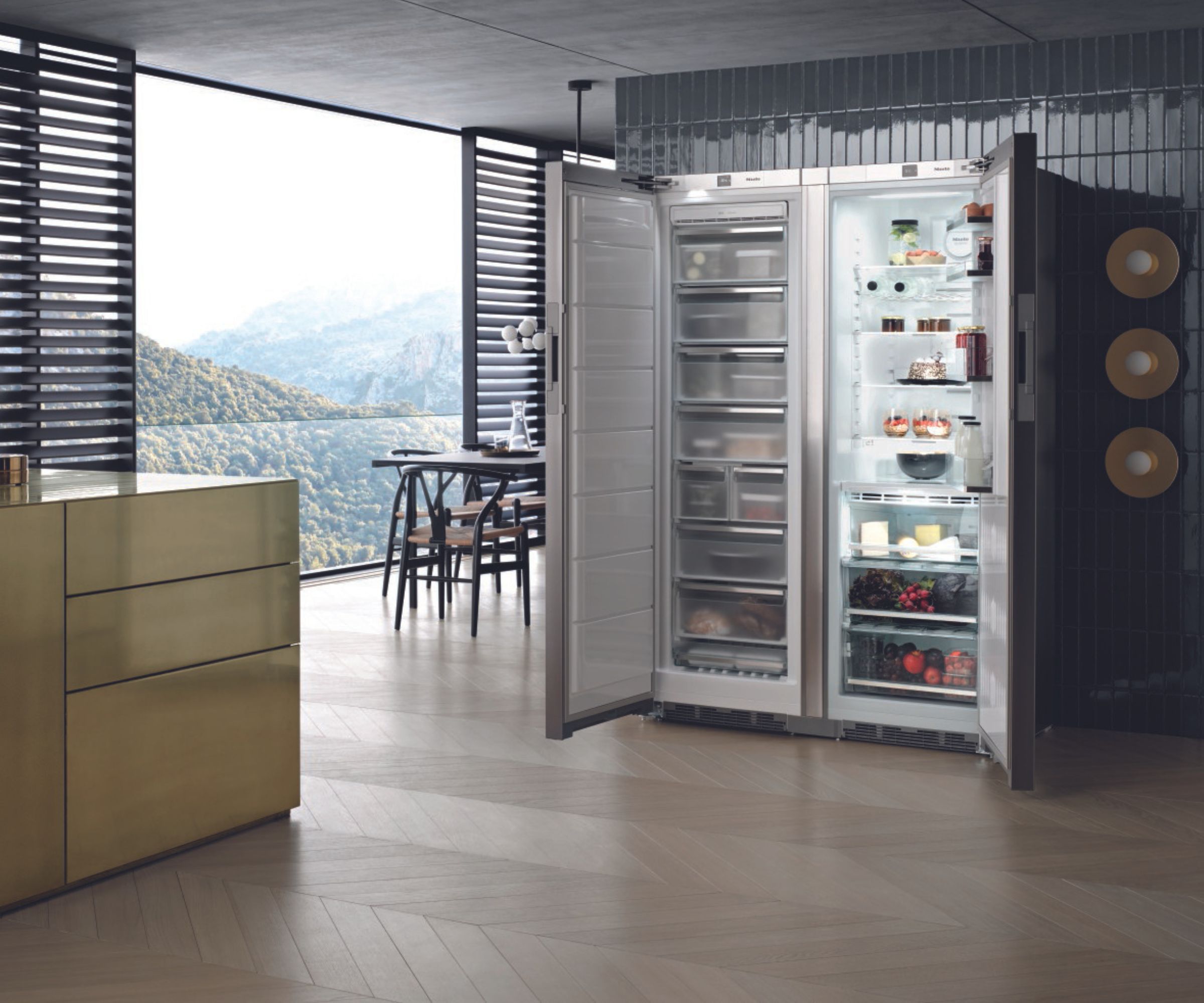
Once all the ice has melted, it's time to clean and disinfect your freezer. Wipe down the interior of the freezer with a mixture of equal parts water and white vinegar. Then, dry the freezer thoroughly with a clean towel.
Rosie Elliot, owner of Kitchen Appliance Answer recommends, ‘Once the ice is melted, give the interior a good wipe down, reset the temperature back to normal, and voila! A refreshed freezer ready for all your frozen feasts.’
Once, this is done you can restock and organize your freezer.
FAQs
How often to defrost your freezer?
How often your freezer needs to be defrosted will depend on factors such as humidity and usage. However, to prevent excessive ice build-up in the future, defrost your freezer around once or twice a year, or when the ice build-up reaches 1/4 inch.
Why is it bad to unplug your fridge and freezer?
Unplugging your fridge-freezer is fine as long as you leave it unplugged for a while after. Unplugging it stops it's compressor from working, so if you immediately plug it back in it will need to work overtime, which can cause the motor to overheat and damage the compressor.
If this task is something you wish to avoid doing in the future, you can invest in a freezer that has a auto-defrost setting. This is where the coils inside the freezer heats to melt smaller ice crystals before it builds up and warrants a full-on defrosting. Just make sure you know the correct temperature to set your freezer to avoid any major issues.
The best refrigerators and freezers can save you some maintenance hassle. We recommend this Frigidaire Frost-Free Freezer from Best Buy.
Sign up to the Homes & Gardens newsletter
Design expertise in your inbox – from inspiring decorating ideas and beautiful celebrity homes to practical gardening advice and shopping round-ups.

Lola Houlton is a news writer for Homes & Gardens. She has been writing content for Future PLC for the past six years, in particular Homes & Gardens, Real Homes and GardeningEtc. She writes on a broad range of subjects, including practical household advice, recipe articles, and product reviews, working closely with experts in their fields to cover everything from heating to home organization through to house plants. Lola is a graduate, who completed her degree in Psychology at the University of Sussex. She has also spent some time working at the BBC.
-
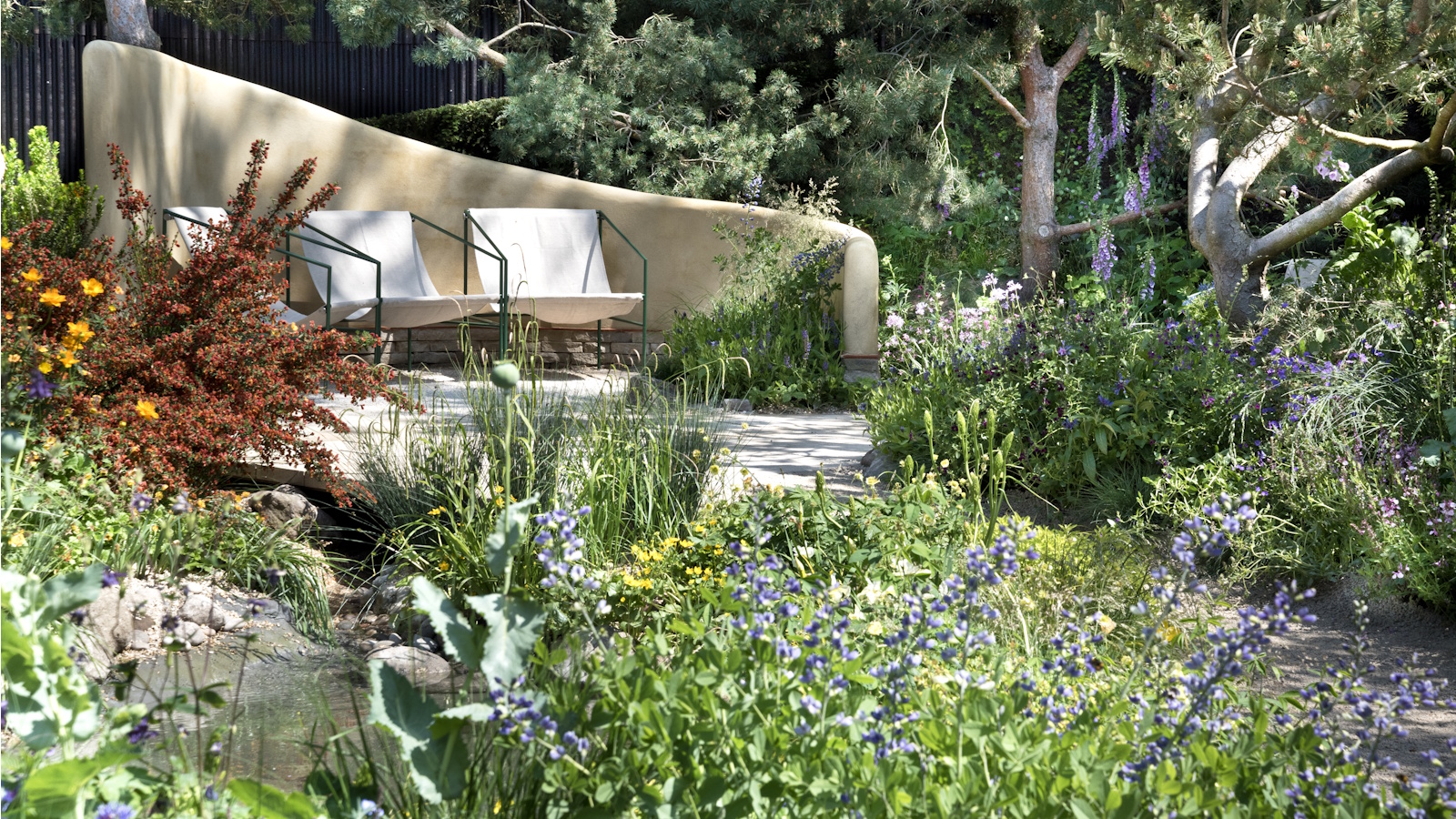 I just discovered the best non-toxic product for getting rid of ants in your yard – and you probably already have it in your bathroom cupboard
I just discovered the best non-toxic product for getting rid of ants in your yard – and you probably already have it in your bathroom cupboardThis household item is an effective ant deterrent that doesn't leach harmful chemicals into your soil
By Tenielle Jordison Published
-
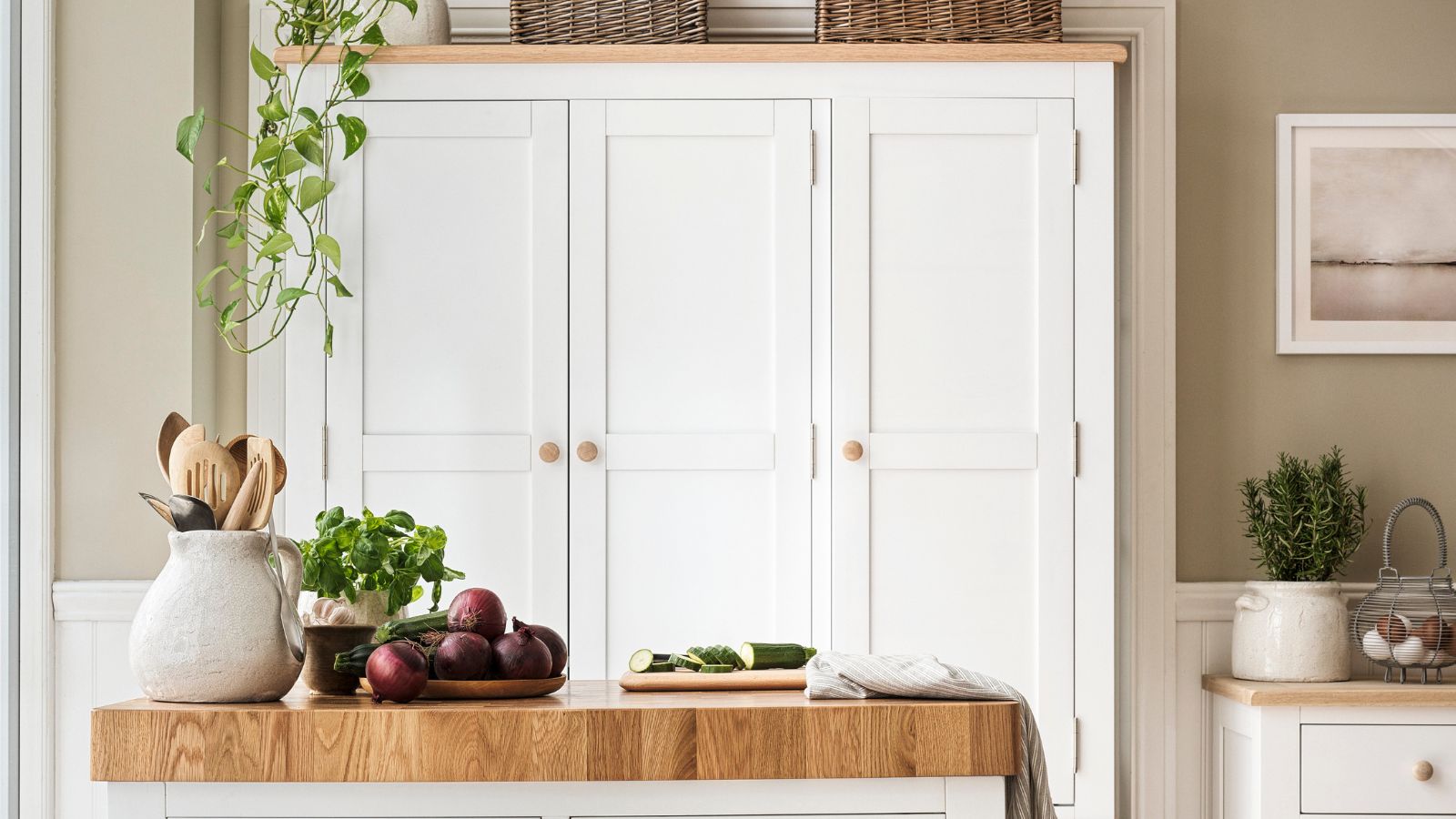 7 spring home maintenance mistakes to never make – overlooking these now can lead to pest problems and structural damage
7 spring home maintenance mistakes to never make – overlooking these now can lead to pest problems and structural damageHome improvement pros share common mistakes and what to do instead
By Eve Smallman Published